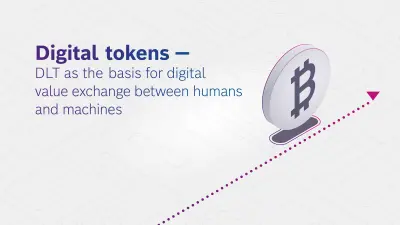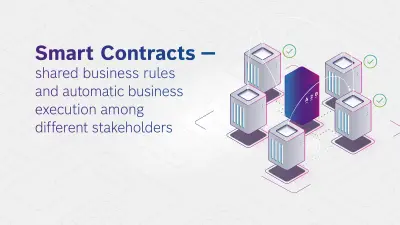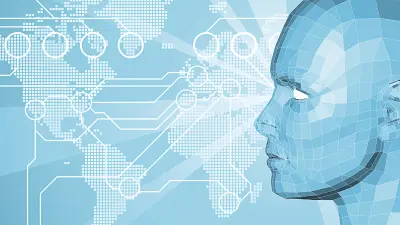Blockchain technology explained
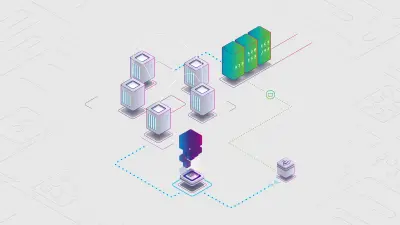
It’s a revolution which begins unnoticed. Distributed Ledger Technologies (DLT) such as Blockchain are a concept known to many people as the technology behind the cryptocurrency Bitcoin. But their potential to redefine how we do business and also redesign our business structures remains unclear to many. The “Chain reaction” series looks behind the hype and provides answers to the most important questions.
What precisely are DLT?
DLT are decentralized, digitally managed ledgers. By the capacity to distribute information with a high level of transparency and security, DLT have really refined the internet.
Distributed Ledgers are basically a collaboration model which is based on an old idea: the cooperative system. DLT transfer this system into the digital world. A platform does not belong to a company which can exploit monopoly structures, but preferably belongs to the users of the system. So the area of application of distributed ledgers goes far beyond digital currencies.
How do DLT work?
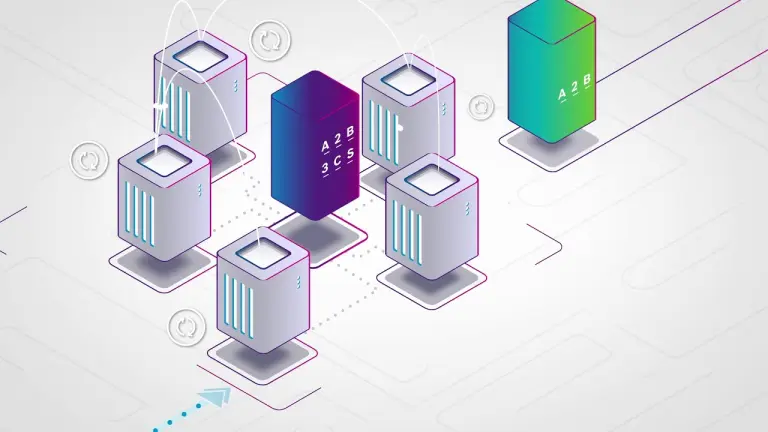
Loading the video requires your consent. If you agree by clicking on the Play icon, the video will load and data will be transmitted to Google as well as information will be accessed and stored by Google on your device. Google may be able to link these data or information with existing data.
The video explains the technology behind Distributed Ledger technologies such as Blockchain and the steps towards an Economy of Things.
Where are the areas of application of DLT?
Potential areas of application are generally those which are built on confidence and consensus, because information such as, for example, contract details, transactions or data, are secured decentrally in a distributed ledger. Every node of the network contains data records.
This creates a system which is difficult to attack or manipulate. At the same time, all information is shared and hence is visible in the network. This transparency makes cyber-attacks even more difficult.
What does it mean?
The most important terms from the world of distributed ledger technologies explained.
The best-known digital currency shares the process of electronic creation and singular custody in the digital world with other cryptocurrencies. Cryptocurrencies such as Bitcoin are not regulated centrally or by governments, and are mined decentrally by a network with computer calculation power following a mathematical algorithm (→Proof of Work).
The distributed ledger as a platform allows the creation, management and execution of digital programs such as, for example, →Smart Contracts using a blockchain technology. Bosch is exploring the Ethereum platform with projects such as self-charging and self-paying cars at charging points.
Consensus processes are designed to protect against manipulation. In a consensus process, the network data are exchanged automatically when a transaction is to be recorded. Each DLT works with its own consensus-finding mechanism. In the case of Blockchain, which forms the basis of the cryptocurrency Bitcoin, a transaction is only validated and its value attached to an existing block if the majority of connected users signal that the data within the block are identical. (See →Proof of Work, →Proof of Stake, →Second Layer)
P2P stands for “Peer-to-Peer”. In a “Peer-to-Peer” system, all participants interact directly with each other with equal authority. They use and simultaneously provide the services of the network. So there is no need for a third party to perform checks, such as, for example, a bank or notary.
Proof of Work guarantees the security of the system by resource-intensive transmission and validation of a multiplicity of data between the different users in the system. The proof of work is defined by the extensive calculation of complex computation tasks — difficult to perform but simple to check. This mining leads to a trustworthy, decentralized consensus and at the same time, by creating digital currencies (mining), guarantees the reward for these miners. The system can only be manipulated if a user owns more than 50% of the computing power and their system permanently works faster than the systems of the other users. It is impossible to fulfil these two conditions together. As well as the PoW process, there are further methods of ensuring consensus (→Proof of Stake, →Proof of Authority, →Second Layer).
PoS is an alternative consensus-finding mechanism to the “classic” →Proof of Work. The probability of block generation by a user here rises with their value share of the network. The advantages of PoS: less computing power is used, block generation in the blockchain is faster, transaction speed is increased. Disadvantage: less secure than PoW.
PoA is an optimized →Proof of Stake model in which identity replaces shares in the network. So-called validators are here selected by reputation, which requires high standards and thorough checking in selection. The transaction speed rises in comparison with →PoW. In theory, users have better control of their data at the same time. The disadvantage of better control is that some of the benefits of decentralization are lost.
Second Layer protocols attempt to bypass the resource-intensive processes of →Proof of Work. In other words, a blockchain system forms the basis for a second layer which only very rarely talks to this slow, very complex and very secure layer. This system behaves like a framework contract. The framework contract applies to the more expensive and slow system. In the case of flexible requirements which call for less security, individual processes can run on a second system (the second layer) which only rarely carries out back-checking. So the system achieves greater cost efficiency and more transactions.
These algorithmic contracts have predefined conditions, so they can automatically trigger actions if these conditions are fulfilled. They form the basic structure for the performance of contracts from machine to machine — and are just the beginning of a new development towards so-called Decentralized Autonomous Organizations (DAO). These are based on DLT and are autonomously performing organizations which are guided by algorithms without human supervision. The →Ethereum platform allows such projects, including for example, in the case of Bosch applications, the autonomously charging and paying EV.
How do DLT promote the Economy of Things?
Thanks to their decentralized, secure, transparent, and automated transaction potential, DLT allow so-called “Smart Contracts”. These are algorithmic contracts for transactions concluded between machines — without any human intervention. The resulting transactions are autonomously executed by algorithms. In such an Economy of Things, DLT create confidence, ensure fairness and consensus, and hence enable cross-industry value added networks.
4 steps towards an Economy of Things
Where is the Economy of Things already applied?
One example of an application is a project which Bosch has set up together with german energy supplier EnBW.
In this case, an electric vehicle negotiates prices or concludes a contract directly with a charging station. The user merely enters in the on-board computer how much money he is prepared to pay and how far the battery level may be run down. The rest is done by a digital agent in the vehicle which negotiates the transaction with the charging stations.
The system is open to any player worldwide and belongs to all users of the system. This infrastructure, implemented for the benefit of society, is an example of how distributed ledger technologies enable the old cooperative concept to be applied in the digital age.
